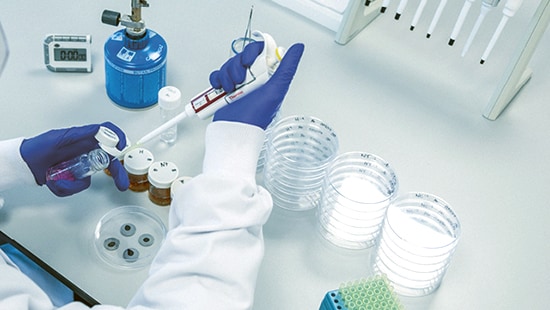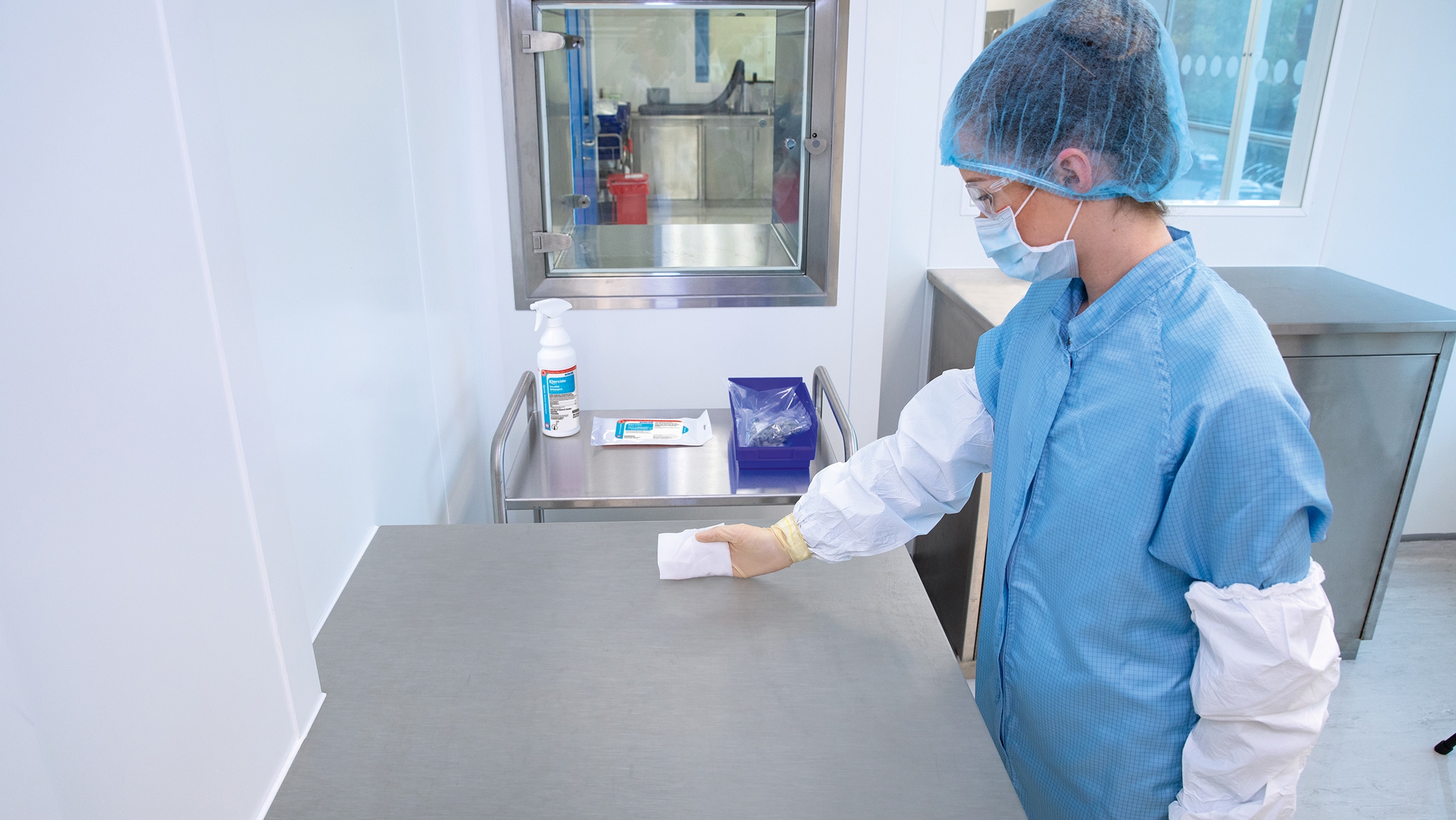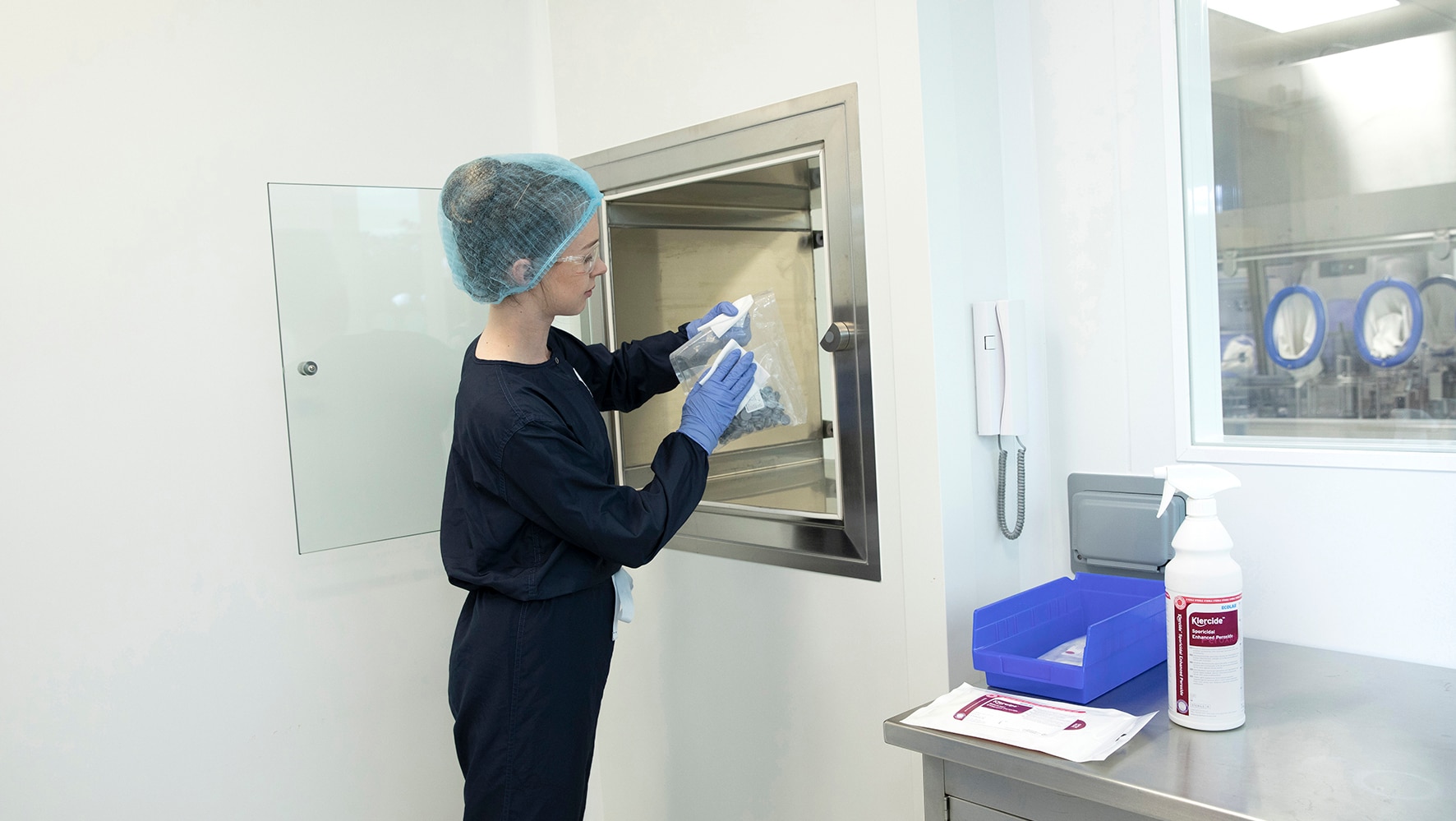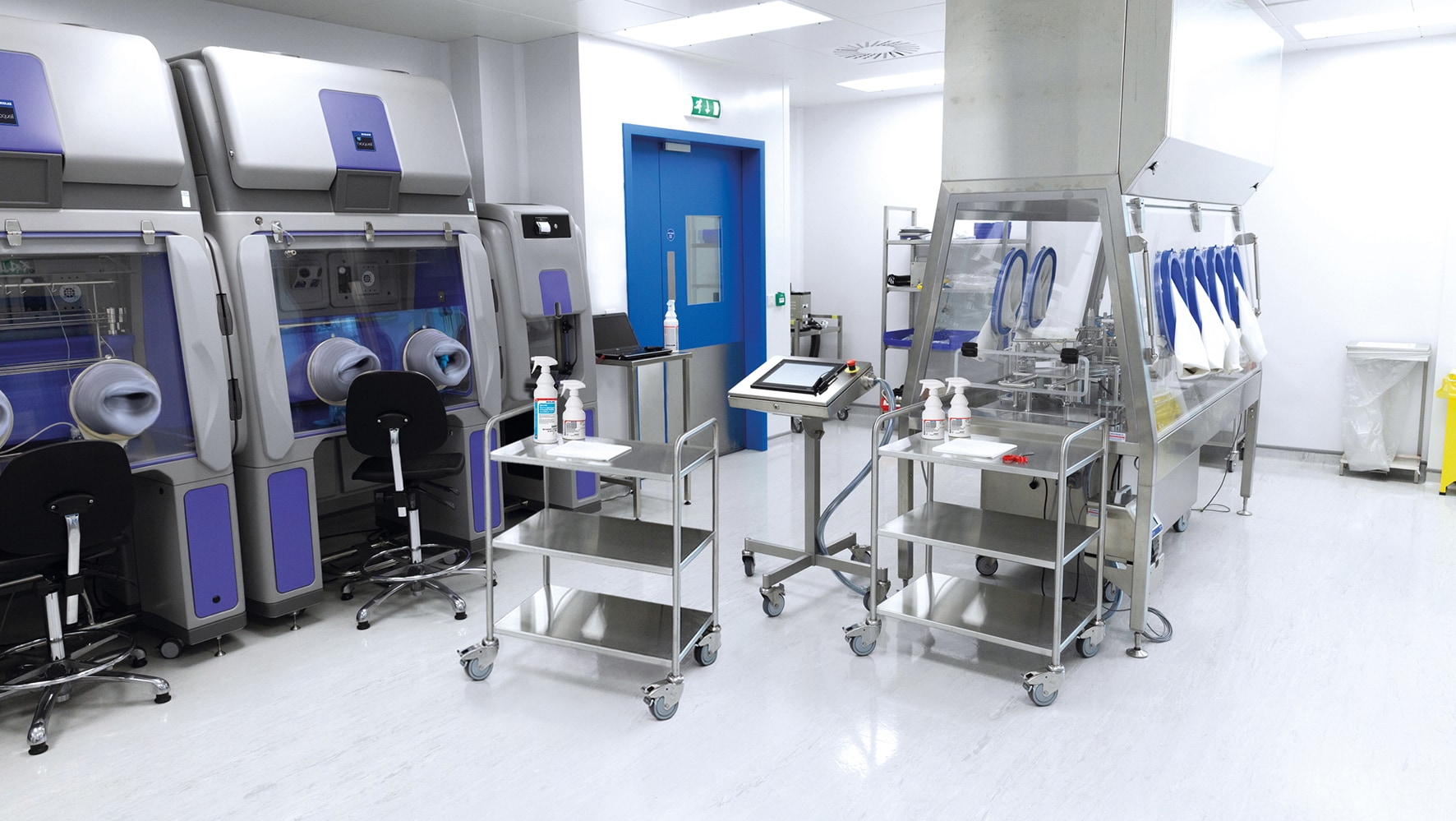The New Annex 1 Regulations – Why is it important and how can we help?
Annex 1 of EudraLex “The Rules Governing Medicinal Products in the European Union” forms part of Volume 4 of the European guidelines and covers the manufacture and release of sterile products.

The revision of the Annex has been a long process undergoing public and regulatory review. Finally, after over 4 years of review and consultation, the final version has been released.
The initial public version attracted over 6000 comments, from both individual companies and professional organizations. A 2-year long review process produced version 12 of the draft Annex. This led to a further, although much reduced, consultation process. Now that the Annex has been released a timeline of 12 months has been given for companies to be compliant (normally a 6 month period is given).
The Annex will impact on facilities and companies outside of the EU market, based upon participation and review of the PIC/S group. It is expected that the FDA, for example, will consider aspects of Annex 1 in their site inspections.
Because of the comprehensive update and revision that the Annex has received, the impact of these changes will be far reaching for the manufacture of sterile products. Foremost among these changes will be the requirement for a site Contamination Control Strategy (CCS). A CCS is a combination of ongoing product and process risk assessments, in line with ICH Q9, linked to the Quality Management System (QMS). The bit of magic is how the CCS should provide a feedback loop for sites to take action on changes in their risk profiles, based on a suite of metrics from EM results, deviations through to customer complaints.
The concept of a CCS will not just be limited to the European market. While the CCS abbreviation is strongly associated with the new Annex 1, the philosophy around this is not new to the industry. Risk based manufacturing, a previous hot topic in industry, is a CCS by another name. Support for industry is being produced, for example the PDA has a draft technical article in support of a CCS roll out.
For the majority of sites, most of these processes will already be embedded and it will be a matter of linking disparate systems across the facility. However other sites will have gaps in their processes or may be unsure on the implementation of some aspects of a CCS.
A fundamental part of how the CCS works is the prevention and control of microbiological contamination. Elimination of microorganisms through control, before contamination of product or process occurs, is preferable to investigation into the source of the contamination and remediation, downtime of operations and potential batch rejections.
A large proportion of the Annex 1 CCS sets out to address elements of microbial control, through the training and education of people, cleanroom set up and environmental monitoring. Two key control elements of microbiological control are the use of cleaning and disinfection of cleanrooms and the use of isolator technology. In terms of cleaning and disinfection, the CCS talks about some key features which are applicable to most sites. Here we will briefly touch on the more significant of these features.

The first point to consider is the use of the phrase Cleaning AND Disinfection. Within the Annex, cleaning is a process to remove physical and chemical contamination from a surface. The contamination can be a direct risk to product quality or may interfere or prevent subsequent disinfection from working effectively. Disinfection, to compliment cleaning, is the application of microbiocidal disinfectants or sanitizers onto clean surfaces in order to kill microbiological contamination that may be present.
It is important for individual sites to validate their choice of agents, in order to demonstrate that they are effective against local microbial isolates, found on local cleanroom surfaces against the local validated contact time.
The requirement to rotate disinfectants is also stipulated in the Annex. This is to ensure the site has a choice of disinfectants capable of killing all microbes encountered in the cleanroom environment. In practise for the majority of sites this will entail the regular use of a single broad-spectrum biocide, rotated with a sporicidal agent.
Finally, the transfer of materials and consumables into higher grade cleanrooms presents the risk of microbial bioburden piggybacking into the cleanrooms via poorly designed transfer disinfection processes and is an often cited as a cause of contamination in the industry.

Isolator technology will form an essential part of a sites’ CCS. However, as with cleanroom operations, poorly designed isolator operating procedures, set up or even validation may lead to microbial contamination occurring within the Grade A environment.
Isolators’ operations can be placed into three categories. The first is isolator operation under Grade A conditions, such as aseptic filing operations or performing a sterility test. The second is the gaseous decontamination of the isolator to attain Grade A conditions. The third and final stage is the cleaning and loading the isolator under non-sterile conditions.

Cleaning and loading an isolator is a high risk step, an activity where the CCS could reduce the risk of contamination. Operator interactions with the non-sterile isolator should be seen as high contamination risk activities.
It is understandable that not all sites will have access to experts required in understanding the risks of all parts of a sites’ CCS. This is where your suppliers can supply essential technical expertise. At Ecolab life Sciences, we have industry recognised experts who can help you with the development of your sites’ CCS, either through gap assessments, risk assessments or implementation of CAPA to close a gap. Our experts, from microbiologists to chemical engineers, can help with your cleaning and disinfection options or controls around the use of isolator technology.
Note: Globally there are different terminologies in use for chemical agents that kill micro organisms, Annex 1 utilises the terms disinfection / disinfectant — however, this may be applicable for the terms sanitization / sanitizer.



